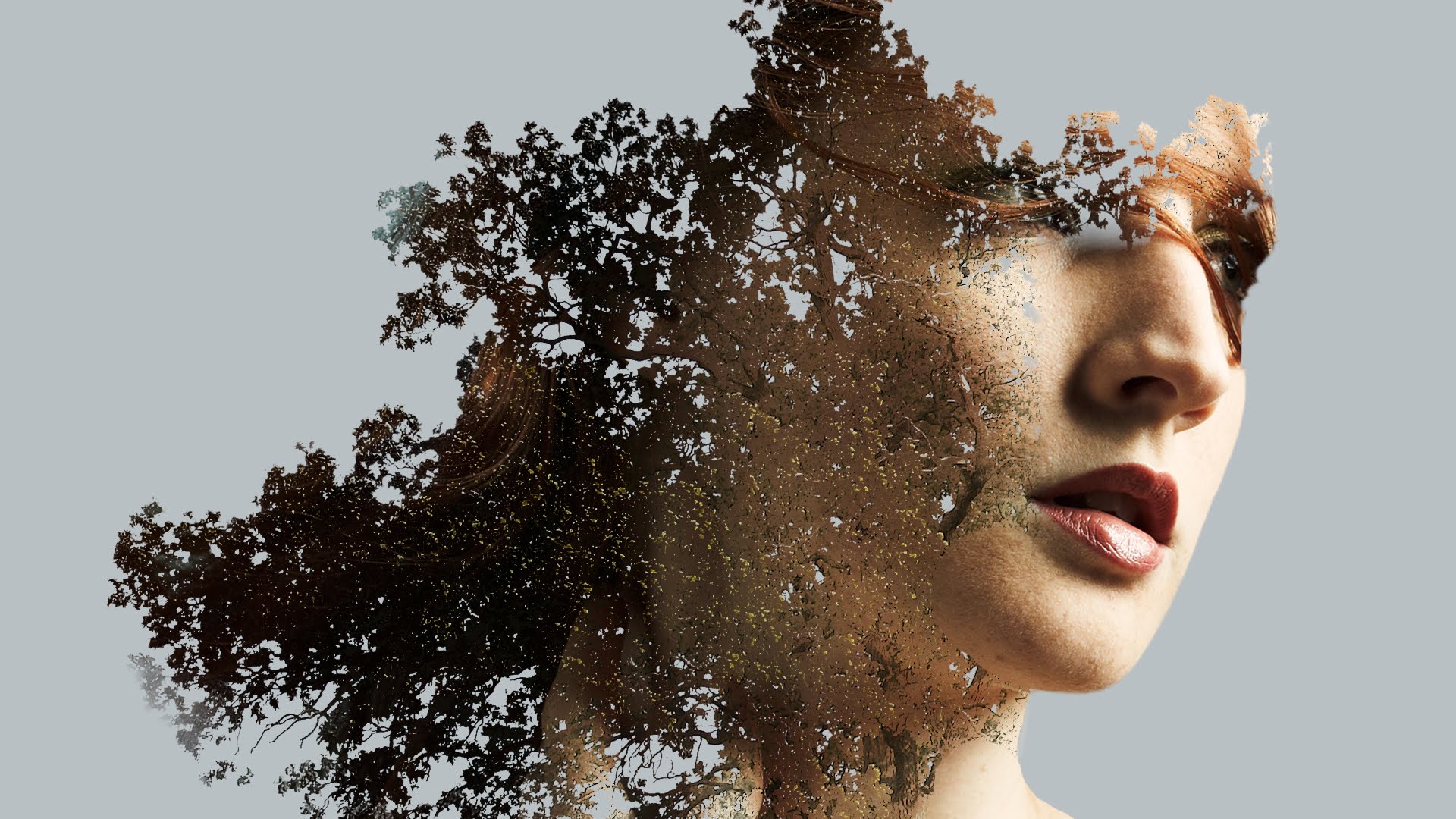Adobe Stock Photos is an incredible resource for designers and creatives, offering millions of high-quality images, videos, and templates. Whether you’re crafting graphics for a social media campaign or designing a professional website, Adobe Stock makes it easy to find the perfect visual assets. The best part? You can seamlessly integrate these assets into Adobe Photoshop, streamlining your workflow and enhancing your designs. Let’s dive into why
Benefits of Using Adobe Stock in Your Projects

When it comes to enhancing your design projects, Adobe Stock offers a myriad of benefits that can significantly boost your creativity and efficiency. Here are some standout advantages:
- Vast Library: With over 200 million assets at your fingertips, you’ll never run out of inspiration. From stunning landscapes to intricate patterns, there’s something for every project.
- High Quality: All images are curated by professionals, ensuring you’re working with top-notch quality. This is crucial for creating visually appealing designs that stand out.
- Easy Integration: Adobe Stock is integrated directly into Photoshop. You can search for images, drag them into your workspace, and edit them without leaving the app. This seamless workflow saves you time and enhances productivity.
- Flexible Licensing: Adobe offers different licensing options, making it easy to find what suits your project best. Whether you need an image for a one-time use or multiple licenses for a campaign, you’ve got options!
- Customization: Once you've selected a stock photo, Photoshop allows you to customize it to fit your project perfectly. Adjust colors, add filters, or combine multiple images to create something unique.
By using Adobe Stock Photos in your projects, you not only save time but also elevate the overall quality of your designs. Isn’t it great to have such a powerful resource at your disposal? Embrace the potential of Adobe Stock to bring your creative visions to life!
Also Read This: How to Uninstall Raw Image Extensions
3. How to Access Adobe Stock Photos in Photoshop

Getting started with Adobe Stock Photos in Photoshop is a breeze! If you already have a subscription to Adobe Creative Cloud, accessing stock photos is just a few clicks away. Here’s a step-by-step guide to help you dive right in:
- Open Photoshop: Launch the application on your device. You’ll be greeted with a familiar workspace.
- Navigate to the Libraries Panel: If you don’t see the Libraries panel, go to Window in the top menu and select Libraries. This panel is your gateway to Adobe Stock.
- Search Stock Images: In the Libraries panel, you’ll find a search bar. This is where the magic happens! Type in keywords related to the photo you need.
- Preview and License: Once you find an image you like, click on it. You'll see a preview along with options to license it. If you’re ready, hit that License button!
- Drag and Drop: After licensing, you can easily drag the image into your project. It’s that simple! Now you have a stunning stock photo to enhance your design.
And just like that, you have access to millions of high-quality images, illustrations, and videos right within Photoshop. This integration saves you time and keeps your creative flow uninterrupted.
Also Read This: How to Edit a PNG Image Effectively
4. Searching for the Perfect Stock Photo

Now that you know how to access Adobe Stock Photos, let’s talk about finding that perfect image. Searching can sometimes feel overwhelming, especially with so many options available. Here are some tips to make your search more effective:
- Be Specific: Use detailed keywords. Instead of searching for “flowers,” try “vibrant purple tulips in sunlight.” The more specific you are, the better the results.
- Use Filters: Adobe Stock offers filters to narrow down your choices. You can filter by orientation (landscape or portrait), color, and even image type (photos, vectors, etc.). Utilize these to refine your search!
- Explore Collections: Adobe Stock curates collections around themes or trends. Check out these collections for inspiration, as they often feature high-quality images that work well together.
- Check Licensing Options: Make sure to pay attention to licensing options. Some images may have restrictions based on your intended use, so read the details before you decide on that perfect photo.
Searching for the right stock photo is more than just finding something that looks good. It’s about ensuring the image aligns with your project’s message and aesthetic. Take your time, explore different keywords, and don’t settle for the first thing you see. Remember, the right image can elevate your design and truly make it stunning!
Now that you’re equipped with these tips, you’re ready to find amazing stock photos and seamlessly integrate them into your Photoshop projects. Happy designing!
Also Read This: Creating YouTube Videos on Your Phone with Limited Storage Space
5. Importing Adobe Stock Photos into Photoshop

So, you've found the perfect Adobe Stock photo that you believe will elevate your design game. But how do you get it into Photoshop? Don't worry; it's a breeze! Let's walk through the steps together.
First off, make sure you have your Adobe Stock account ready. If you haven’t signed up yet, head over to Adobe Stock’s website, create an account, and browse their vast library of images. Once you’ve spotted a photo that catches your eye, there are a couple of ways to import it into Photoshop:
- Direct Integration: If you’re using the Adobe Creative Cloud, the integration between Adobe Stock and Photoshop is seamless. Simply click on the "License and Save to Creative Cloud" button on the Stock website. This will automatically save the image to your Creative Cloud Libraries, which you can access directly in Photoshop.
- Download and Import: Alternatively, you can download the image to your computer. Just click the “Download” button after licensing the photo. Once downloaded, open Photoshop, go to File > Open, and select your image from its save location.
Once imported, you might notice that the images come in as Smart Objects, which is fantastic for non-destructive editing. This means you can resize or transform your image without losing quality—perfect for those meticulous adjustments!
In case you’re using Photoshop’s Libraries panel, just click on the Libraries tab on the right side of the window, find your licensed image, and drag it directly onto your canvas. It’s like having a design assistant right there with you!
Now that your Adobe Stock photo is in Photoshop, you're all set to make it shine with your creativity. Let’s dive into the editing process next!
Also Read This: 123RF vs Getty Images: Comparing Two Leading Stock Photography Platforms
6. Editing Adobe Stock Photos in Photoshop
Editing your Adobe Stock photos in Photoshop can be one of the most enjoyable parts of the design process. With a myriad of tools and features at your fingertips, you can turn a good image into something truly stunning.
Here are some tips to help you edit like a pro:
- Adjusting Colors: Start by enhancing the colors. Go to Image > Adjustments and play around with options like Brightness/Contrast or Hue/Saturation. A little tweak can make the colors pop and give your design a fresh look!
- Crop for Composition: If the composition isn’t quite right, don't hesitate to crop. Use the Crop Tool (C) and focus on the areas that matter most to your design. Think about the rule of thirds to create a balanced look.
- Filters for Effects: Photoshop has a treasure trove of filters! Try applying a Gaussian Blur for a soft effect or the Lens Flare filter to add some drama. Just remember to use these sparingly to maintain a professional appearance.
- Layer Masks: Use layer masks to blend your stock photo beautifully with other elements. This allows for non-destructive edits, meaning you can always go back and refine your work without losing your original image.
- Text and Graphics: Adding text or graphics on top of your stock photo? Make sure they complement each other. Utilize the Text Tool (T) and experiment with different fonts and sizes to see what fits best.
Lastly, always remember to save your work! Consider using Save As to keep both your original and edited versions intact. You never know when you might want to revisit an earlier state of your design.
With these editing tips, you'll be transforming your Adobe Stock photos into visually stunning designs in no time. So, let your creativity flow and make those images truly yours!
Also Read This: How to Best Upload Brochures on Behance
7. Best Practices for Using Stock Photos Creatively
When it comes to incorporating stock photos into your designs, creativity is key! Here are some best practices that can help you transform standard stock images into stunning visuals:
- Choose Images that Align with Your Brand: Always select stock photos that resonate with your brand’s identity. For example, if you’re a wellness brand, images showcasing serene landscapes or healthy lifestyles will work wonders.
- Use Custom Filters: Applying a unique filter can make a stock photo feel more in line with your design aesthetic. For instance, using a warm vintage filter can create a sense of nostalgia, perfect for lifestyle blogs.
- Overlay Text or Graphics: Don’t be afraid to layer text over your images. Just ensure the text is readable by using contrasting colors. This technique is particularly effective for social media posts or promotional banners.
- Incorporate Illustrations: Combine stock photos with illustrations to create eye-catching compositions. For instance, a stock photo of a person can be enhanced with whimsical doodles or graphical elements that reflect your message.
- Experiment with Cropping: Sometimes, a simple crop can turn a mundane stock photo into a dynamic element. Focus on an interesting detail in the photo that conveys your message effectively.
- Use Multiple Images: Create collages or photo mosaics using several stock images. This not only adds visual interest but also tells a more comprehensive story.
- Stay True to Your Message: Always ensure that the stock photo aligns with the message you want to convey. For example, if you’re discussing environmental sustainability, use images that reflect nature and eco-friendliness.
By following these practices, you can elevate your designs from ordinary to extraordinary, making stock photos an integral part of your workflow.
8. Conclusion and Additional Resources
In conclusion, Adobe Stock photos are a fantastic resource for enhancing your design projects. With the right approach, you can utilize these images not just for their aesthetic value but as powerful storytelling tools. Remember to always maintain your brand’s voice and to think creatively about how you can use stock photos in innovative ways.
To further enhance your skills and creativity, check out these resources:
- Adobe Stock Tutorials - Discover how to make the most of Adobe Stock in your projects.
- Creative Bloq's Tips for Stock Images - A useful guide that provides quick tips for selecting and using stock images.
- Canva’s Guide to Stock Photos - Learn how to effectively use stock photos in various design platforms.
As you dive into the world of stock photography, remember that practice makes perfect. Experiment with different techniques and styles, and soon you'll be creating stunning designs that resonate with your audience!
 admin
admin








